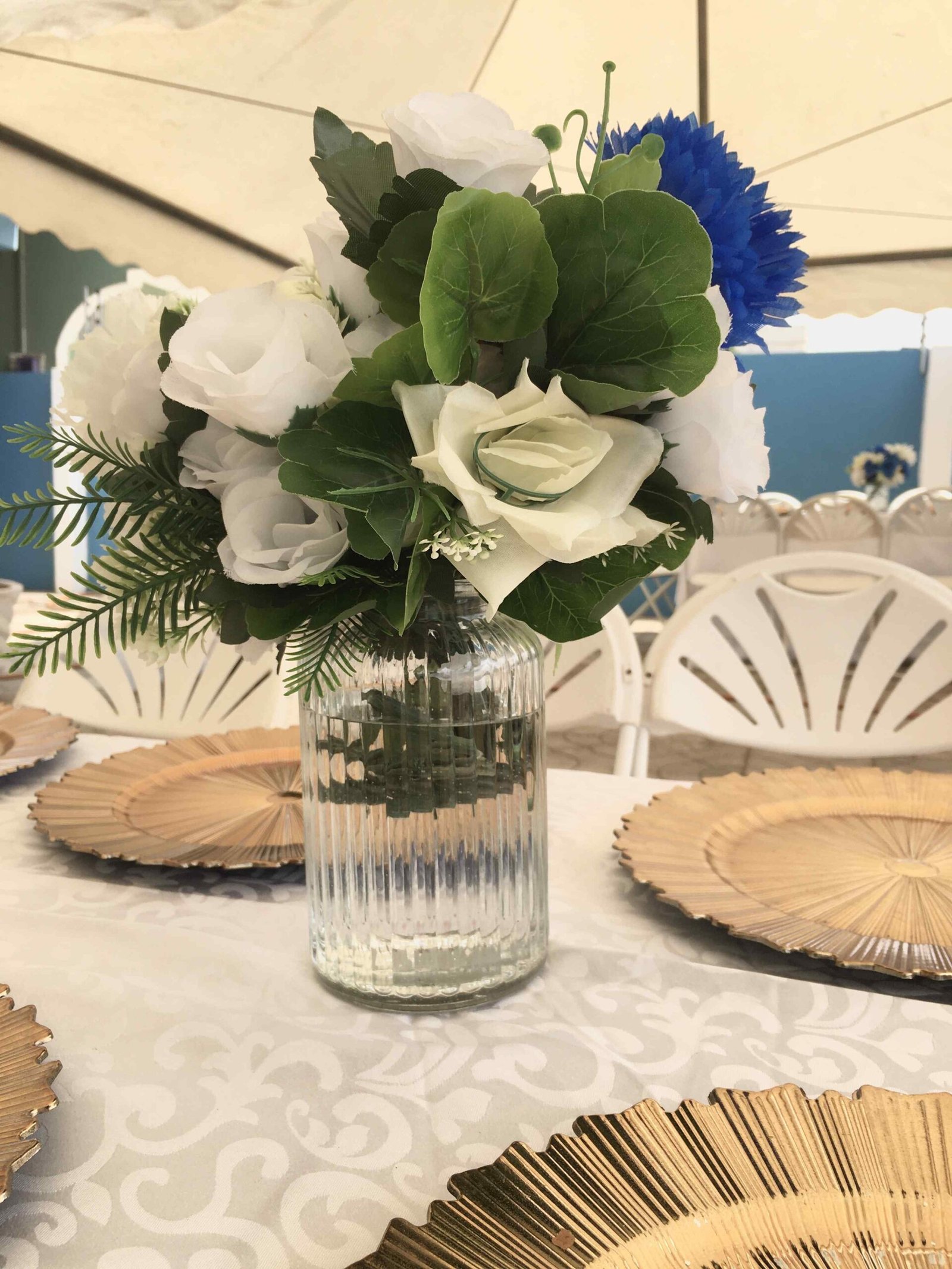Can I Press Roses?

Yes, you can press roses to preserve their beauty and create unique decorative elements. Pressing roses is a popular technique that allows you to capture the delicate petals and vibrant colors of these beloved flowers. Whether you want to preserve a special bouquet or create personalized crafts, pressing roses can be a rewarding and satisfying process.
Traditional Flower Pressing Method

Materials Needed
- Flower press or heavy books
- Blotting paper, parchment paper, or untreated facial tissues
Steps
- Prepare the roses by removing excess foliage and, if necessary, detaching petals or removing stamens to prevent staining.
- Place the roses between two layers of absorbent paper (blotting paper or parchment paper).
- If using a flower press, assemble the press with the roses in between the layers of paper and cardboard, and tighten the bolts and wingnuts. If using books, place the roses between the pages of a heavy book and add additional weights on top.
- Leave the roses pressed for 2-4 weeks, checking and replacing the absorbent paper if necessary to ensure complete drying.
Microwave Method
Materials Needed
- Professional microwave flower press or a microwave-safe container with parchment paper
Steps
- Place the roses between two layers of parchment paper.
- If using a microwave flower press, follow the manufacturer’s instructions. Otherwise, microwave on short intervals (10-15 seconds) and let cool between each interval until the roses are dry. This method is faster but may result in less flat roses.
Iron Method
Materials Needed
- Iron
- Parchment paper or absorbent paper
Steps
- Place the roses between two sheets of absorbent paper.
- Heat the iron to a low setting without steam.
- Press the iron on top of the upper sheet of paper for 10-15 seconds, let cool, and repeat until the roses are dry. This method can result in ripples on the petals.
Ideal Conditions for Pressing Roses
- Temperature: A warm, dry place is ideal. Avoid high temperatures that could cause the roses to dry too quickly and potentially become brittle.
- Humidity: Low humidity helps prevent mold and ensures better drying. Keep the roses away from humid environments.
- Light Exposure: Avoid direct sunlight as it can cause fading and discoloration. Place the roses in a shaded area or use UV-filtering materials if necessary.
Types of Roses Best Suited for Pressing
- Characteristics: Roses with single or semi-double petals are easier to press than those with thick or double petals. Avoid roses with very thick centers or those that are too wet, as they may not press well.
- Recommended Varieties: Start with roses that have single or semi-double petals for easier pressing. Varieties like hybrid teas or floribundas are often good choices because they have fewer and less dense petals.
Common Challenges and Mitigation
Mold
- Ensure the roses are completely dry before storing them. Change the absorbent paper periodically to prevent moisture buildup.
Discoloration
- Use parchment paper or blotting paper to absorb moisture and prevent staining. Avoid direct sunlight and high temperatures to maintain color.
Other Issues
- Petals Not Lying Flat: Use weights or a flower press to apply even pressure. For roses with thick petals, consider pressing the petals individually and reassembling the flower after drying.
- Bruising or Squashing: Handle the roses gently, and avoid using the iron method if you are concerned about bruising. Instead, opt for traditional pressing methods.
Reference:
1. How to Press Flowers-All Methods – Adams Fairacre Farms
2. Preserve Your Blooms: How to Press a Rose Effectively – EverBlossom
3. How to Press Flowers (Easiest way for beginners) – Chalking Up Success
